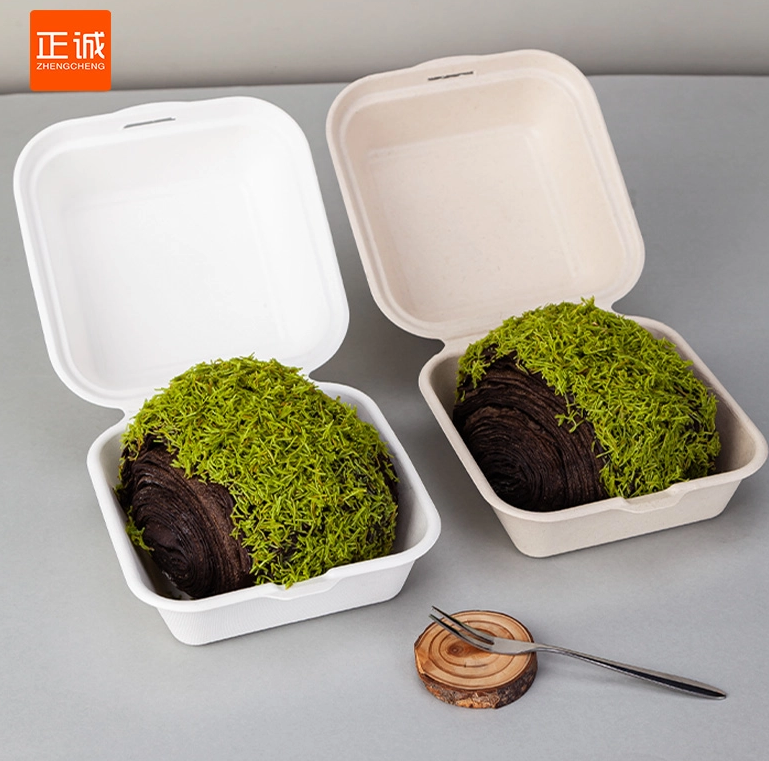Sapphires, with their stunning hues and remarkable durability, have captivated gem enthusiasts and jewelry lovers for centuries. However, the market is rife with synthetic and treated stones, making it essential for buyers to discern the authenticity of sapphires. In this comprehensive guide, we will explore various methods to test whether a sapphire is real, ensuring that you can make informed decisions when purchasing this exquisite gemstone.
Understanding Sapphire: Natural vs. Synthetic
Before delving into testing methods, it’s crucial to understand the difference between natural and synthetic sapphires. Natural sapphires are formed over millions of years in the Earth’s crust, while synthetic sapphires are created in laboratories using processes that mimic natural conditions. Although both types can be visually similar, their value and characteristics can differ significantly.
Visual Inspection: The First Step
The first step in determining the authenticity of a sapphire is a thorough visual inspection. Here are key aspects to consider:
- Color and Clarity: Natural sapphires exhibit a range of colors, from deep blue to vibrant pink, and often contain inclusions or imperfections. Synthetic sapphires, on the other hand, tend to have a more uniform color and may appear too perfect. Use a jeweler’s loupe to examine the stone closely for any signs of inclusions or bubbles, which can indicate a synthetic origin.
- Cut and Shape: The quality of the cut can also provide clues. Natural sapphires are often cut with more care and precision, while synthetic stones may have a more uniform and less intricate cut.
- Light Reflection: Observe how the sapphire interacts with light. Natural sapphires typically exhibit a phenomenon known as pleochroism, where the color changes when viewed from different angles. This characteristic is less pronounced in synthetic stones.
The Water Test: A Simple Yet Effective Method
One of the simplest tests to determine the authenticity of a sapphire is the water test. Here’s how to conduct it:
- Fill a glass with water.
- Gently drop the sapphire into the glass.
- Observe how the stone behaves. A real sapphire will sink to the bottom due to its density, while a fake or glass imitation may float or remain suspended in the water.
The Scratch Test: Assessing Hardness
Sapphires are among the hardest gemstones, ranking 9 on the Mohs scale of mineral hardness. To perform a scratch test:
- Use a material with a hardness of 9 or higher, such as a diamond or another sapphire.
- Gently scratch an inconspicuous area of the stone. If the sapphire is real, it should not show any scratches. However, this method should be used with caution, as it can potentially damage the stone.
Professional Gemological Testing
For those seeking a definitive answer regarding the authenticity of their sapphire, professional gemological testing is the most reliable option. Certified gemologists utilize advanced equipment and techniques to analyze gemstones. Here are some common methods used in professional settings:
- Refractive Index Measurement: Sapphires have a specific refractive index (RI) that can be measured using a refractometer. Natural sapphires typically have an RI of 1.76 to 1.77, while synthetic sapphires may exhibit different values.
- Spectroscopy: This technique analyzes the light spectrum emitted or absorbed by the sapphire. Natural and synthetic sapphires have distinct spectral signatures, allowing gemologists to identify their origins.
- UV Light Examination: Under ultraviolet light, natural sapphires may exhibit a specific fluorescence pattern, while synthetic stones often display different reactions. This method can help differentiate between the two.
Conclusion: Making Informed Decisions
Testing the authenticity of a sapphire is a multifaceted process that combines visual inspection, simple tests, and professional analysis. By understanding the characteristics of natural sapphires and employing various testing methods, you can confidently navigate the gemstone market and make informed purchasing decisions.







+ There are no comments
Add yours